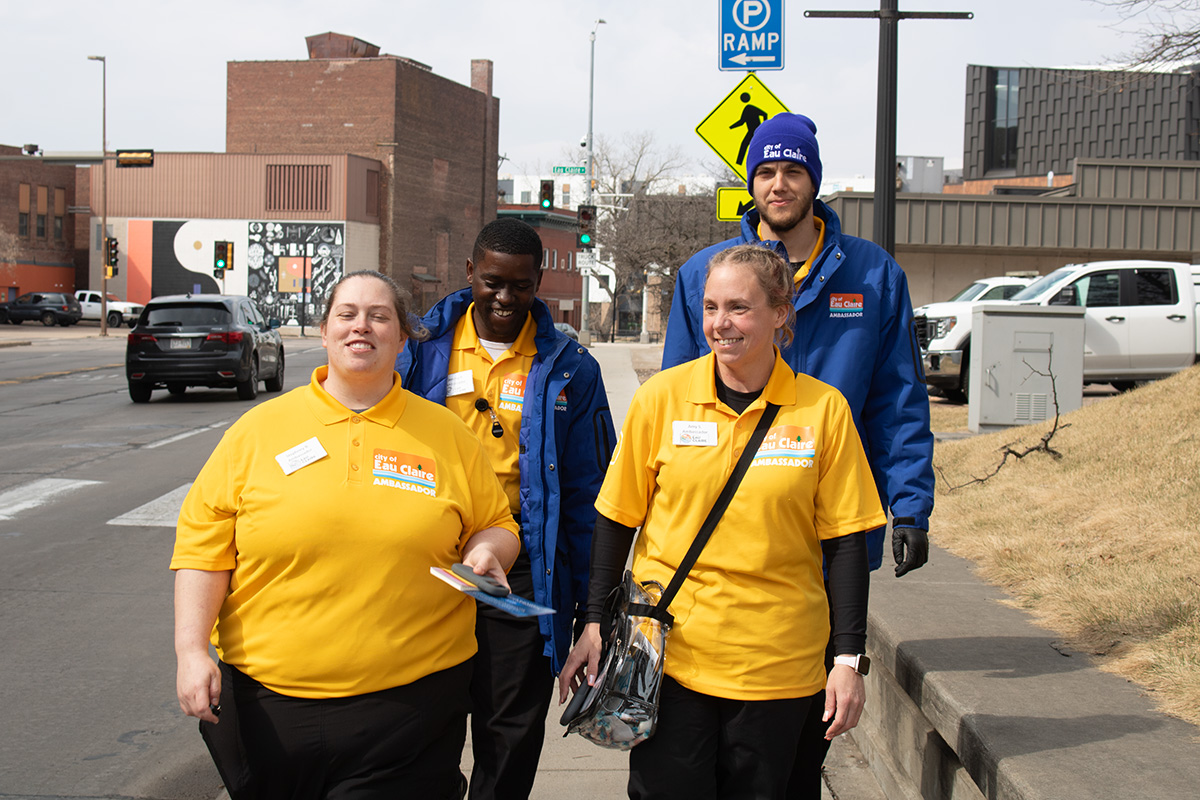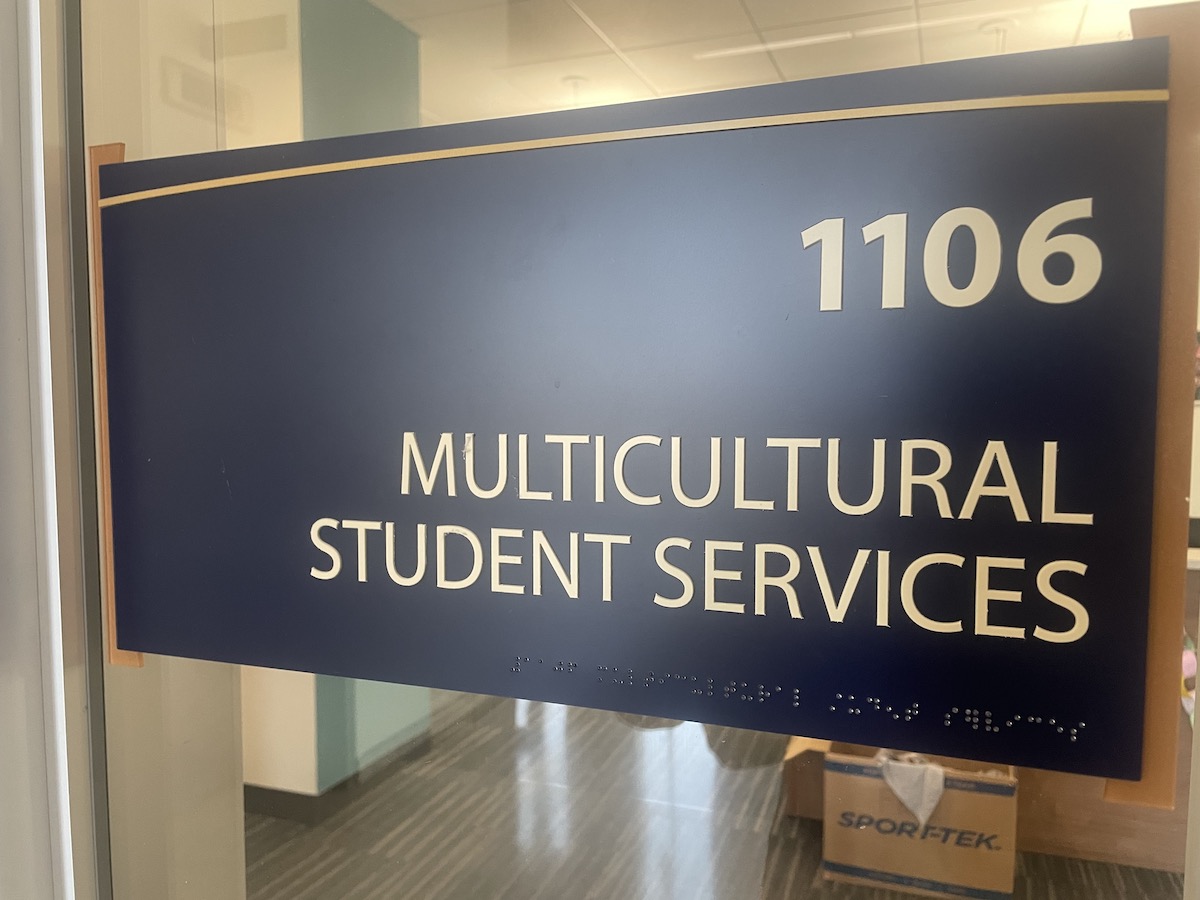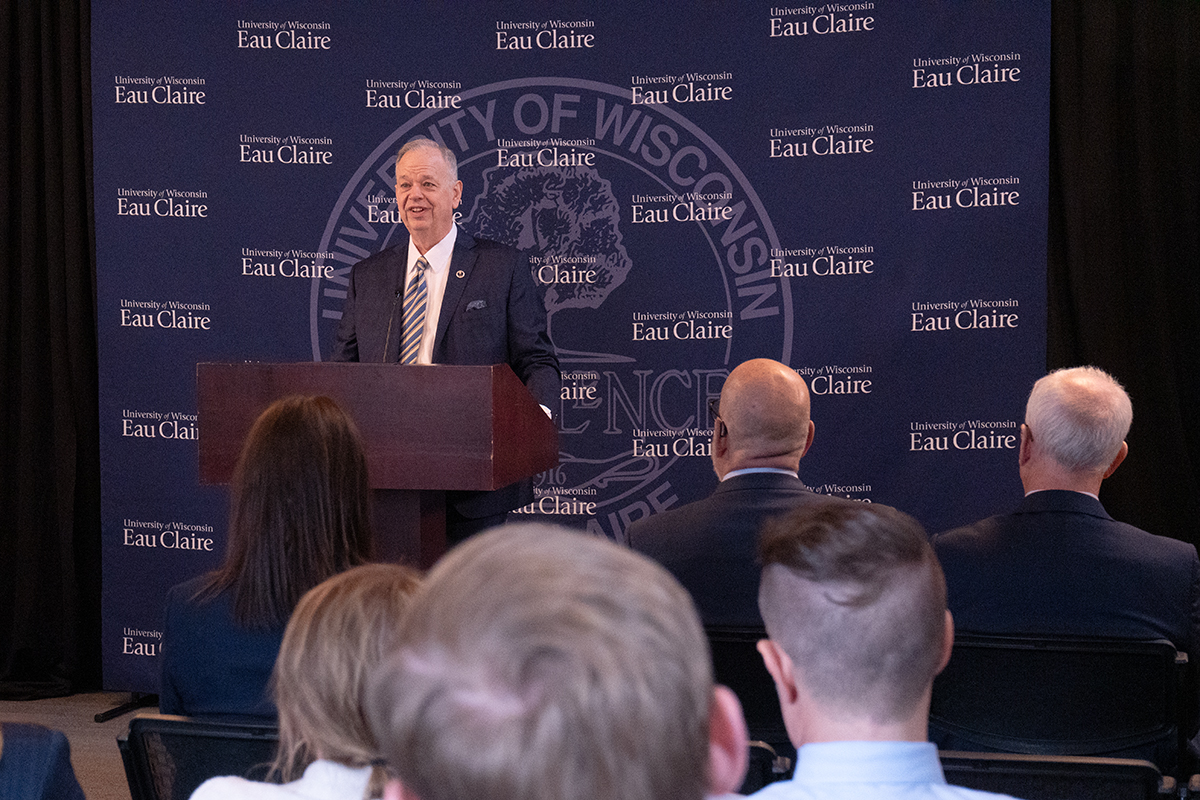 Danielle Ryan
Danielle RyanAlmost 86 percent of students who started at UW-Eau Claire in the fall of 2008 are still enrolled this fall, according to a presentation yesterday by Eric Jamelske, associate professor of economics.
The 14 percent of students that didn’t return to Eau Claire this year is what Jamelske is questioning. He wonders why Eau Claire is losing such a large number of students from their freshman to sophomore year.
“There’s going to be about 2,000 kids that come in . as new freshman, and about 1,500 of them might take a first year experience class,” said Jamelske.
There are 77 sections of FYE at Eau Claire, which are taught by 57 faculty members, Jamelske said.
“(FYE) teaches you some tricks for tests and note taking,” said freshman Samara Gaitan.
“We are required to go to two school-related events,” Gaitan said. “A lot of students – if they aren’t told to – they don’t open their mind to something new.”
As part of the Faculty Forum, Jamelske discussed the First Year Experience program and explored whether it actually benefits students.
After looking at student survey data, university administrative data and which students did and didn’t take an FYE course, Jamelske found that, overall, in 2008 there was not a major impact on students who took an FYE course.
He focused mainly on retention. “If a student is admitted here and comes in the fall . do they come back for their sophomore year?” he asked.
The FYE program is blended in with already existing 3- to 5-credit classes that are made into smaller class sizes and given an extra set of things to do, helping students become more comfortable with the campus, Jamelske said.
He obtained information for his study from student surveys and university administrative data, finding out what students brought with them from high school and what they are getting while here at the university.
“We have poured a lot of resources into this from … 1996, so we really want to know … whether or not this is working,” said Jamelske.
Junior Aaron Johnson’s FYE class was English 110, Introduction to College Writing.
“It definitely helped me meet more people,” he said. “We interacted a lot more with classmates than in a normal class.”
The student survey brought to attention how peer mentoring is a really big issue, Jamelske said. Some of the results suggest that students may not have known they even had a mentor, he said.
“We didn’t have a mentor for my FYE class,” said senior Aimee Lemay, an FYE mentor this fall. “I think it would have been nice to have one.”
She said the students utilized the fact that she was there.
Lemay, Johnson and Gaitan all agreed that a lot of the positive experience could depend on the type of class and the professor.
“When you went to class, you had a lot more group interactions,” Johnson said. “I don’t know if it was because of the professor or the class.”







